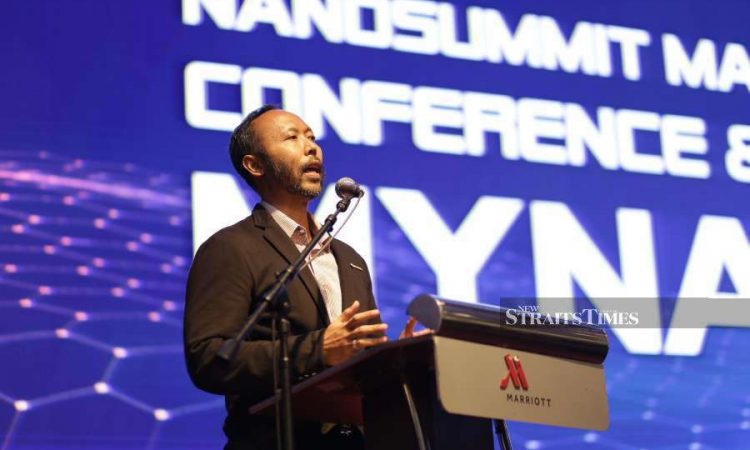NanoCommerce Sdn Bhd, a subsidiary of NanoMalaysia Berhad, and Pulsar UAV Sdn Bhd signed a joint venture (JV) agreement to commercialise an increased range hydrogen powered drone also known as the High Endurance Fuel Cell Powered UAV (On-board H2 Generation).
Hydrogen produced within the drone allows for it to fly for a longer time. The longer flight time is made possible due to the core technology, which is hydrogen fuel cell, known for better endurance. The differentiating factor here is that the drone is equipped with a nanotechnology enhanced hydrogen reactor that produces hydrogen on-demand to the fuel cells. This generates electricity to power the rotors for flight without the need for heavy compressed gas storage thereby, improving the power-to-weight ratio.
The JV agreement will see NanoCommerce Sdn Bhd taking a 20 per cent stake in Pulsar UAV Sdn Bhd, a Malaysian company that builds its unmanned aerial vehicles (UAV) or drones from scratch.
Pulsar UAV Sdn Bhd’s Chief Executive Officer, Izmir Yamin said: “Partnering with NanoMalaysia Berhad helps Pulsar UAV Sdn Bhd to validate the needs of drone services in various sectors particularly, agriculture. The market validation gives us reason to further improve our drone services by developing an on-board hydrogen generator. Now, with our in-house hydrogen technology, we are not only improving the drone services, but we are also able to venture into other sectors like energy and transportation.”
Meanwhile, NanoCommerce Sdn Bhd and NanoMalaysia Berhad’s Chief Executive Officer, Dr Rezal Khairi Ahmad added, “NanoMalaysia places an enormous intrinsic value on the project through a congregation of project investments, intellectual properties, and market validation and access. The on-board hydrogen powered drone has already been sandboxed for precision agriculture with a level of success.”
The JV will also enable NanoMalaysia Berhad to further develop the existing Hydrogen Paired Hybrid Energy Storage System (H2SS) – which currently powers Pulsar’s drones – for another project: Malaysia’s first locally developed electric motorsports vehicle, the Hydrogen Paired Electric Racecar (HyPER).
HyPER, aims to mobilise the Malaysian automotive and transportation sectors in the direction of renewable energy, specifically green hydrogen as a first step towards a Hydrogen Economy.
The global Electric Vehicle (EV) market stood at $39.8 billion (RM167 billion) in 2018 and is projected to reach $1.5 trillion (approximately RM6.4 trillion) by 2025.
Generally, the EV market currently is hindered by the lack of charging infrastructures and the need for an extended charging time, as well as hydrogen refuelling stations for battery and fuel cell versions respectively. The high-pressured hydrogen tanks in fuel cell-EVs also present a substantial safety risk.
The H2SS technology will be able to combat these issues. Firstly, H2SS will be placed in HyPER as a cartridge and is powered using distilled or tap water and powdered hydrides – eliminating the need for expensive hydrogen refuelling stations. Secondly, it can generate its own hydrogen fuel, which takes away the risk of having a hydrogen tank in the vehicle.
Dr Rezal added: “HyPER is due for extensive shakedown in August 2020 with participation from potential industrial up-takers for quicker penetration into the automotive sector. Malaysia will immediately possess an advantage in the form of homegrown hydrogen technology to catalyse the growth of a new and green automotive and transport industry in the near term.”

